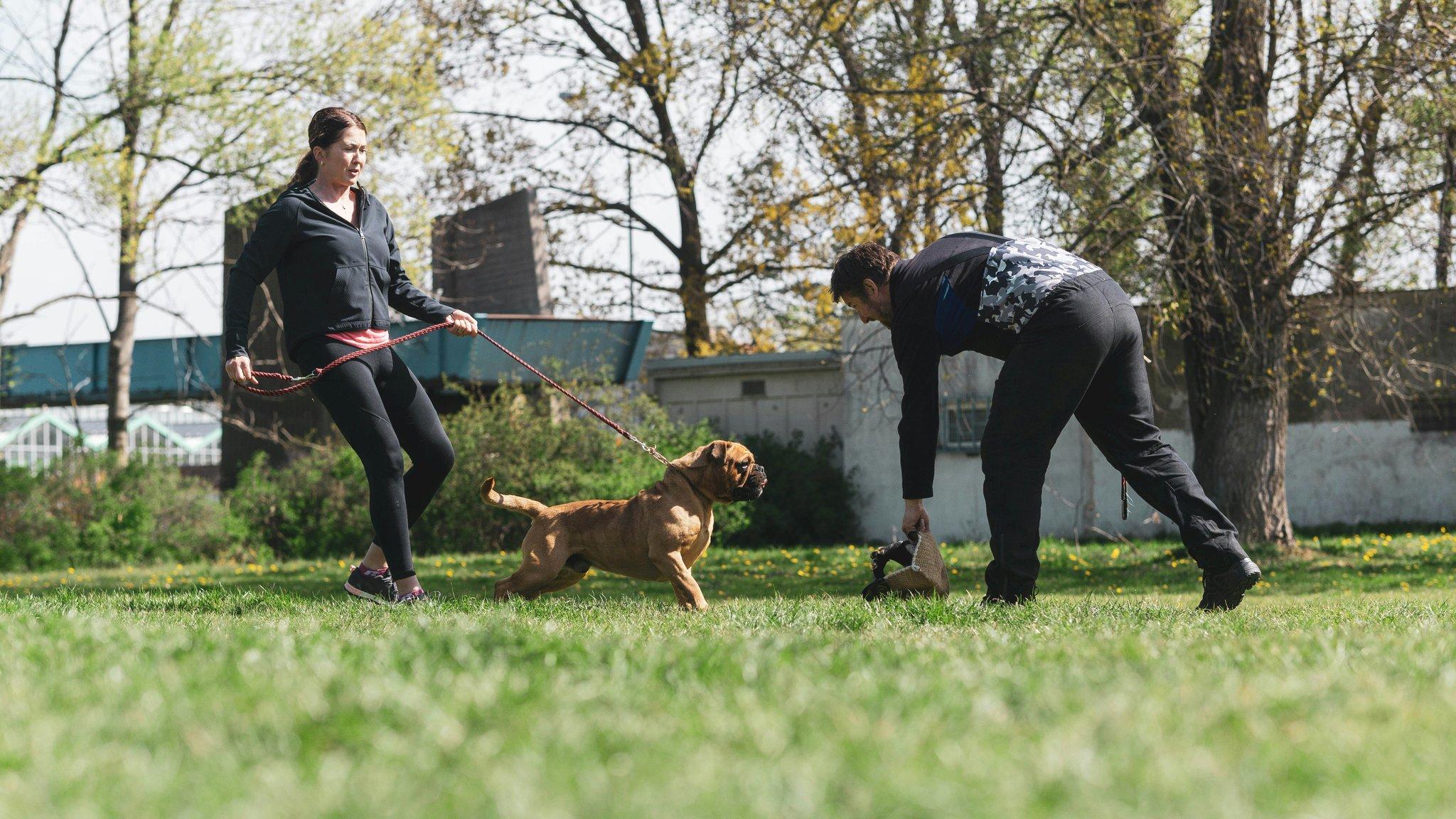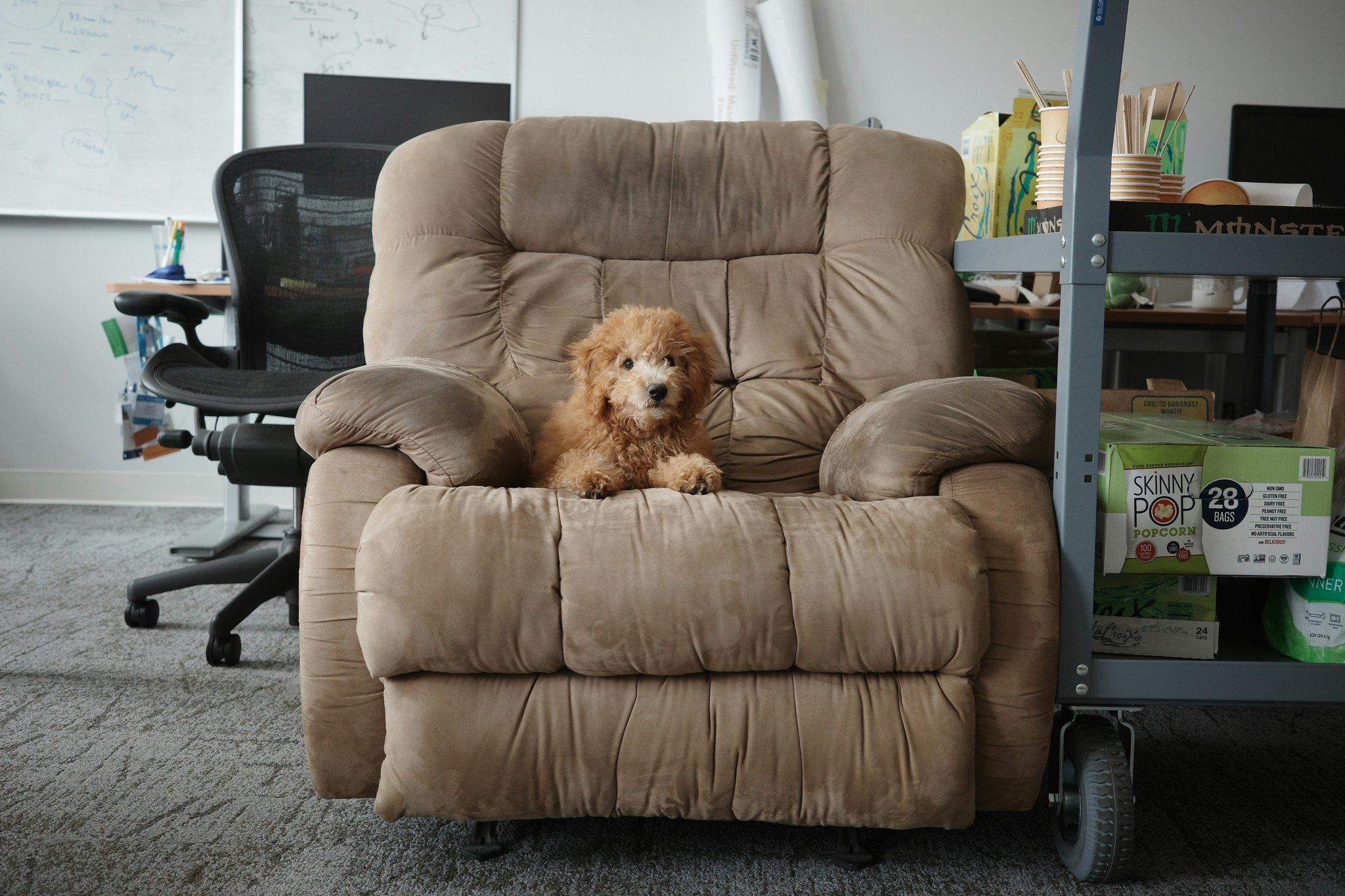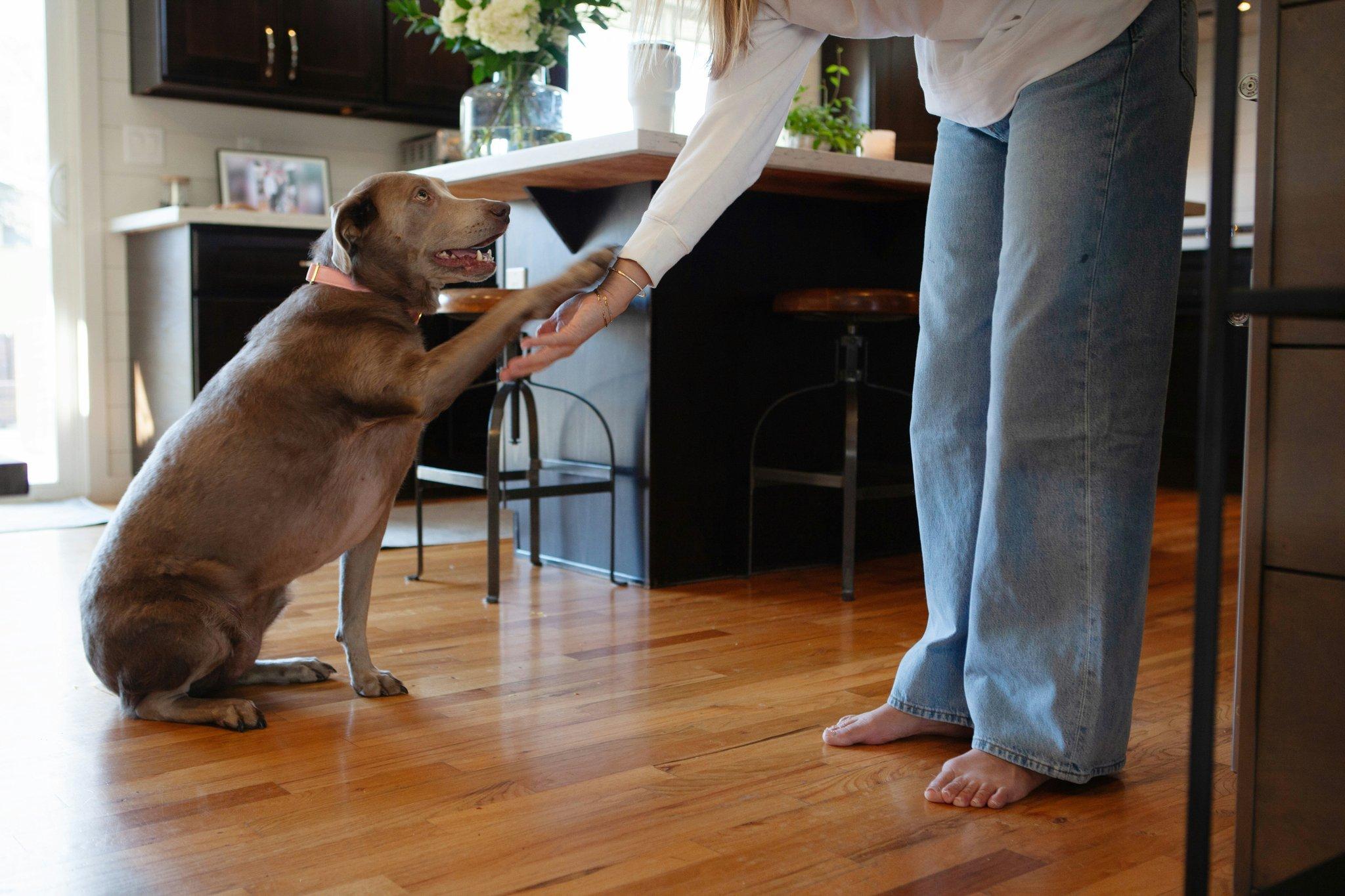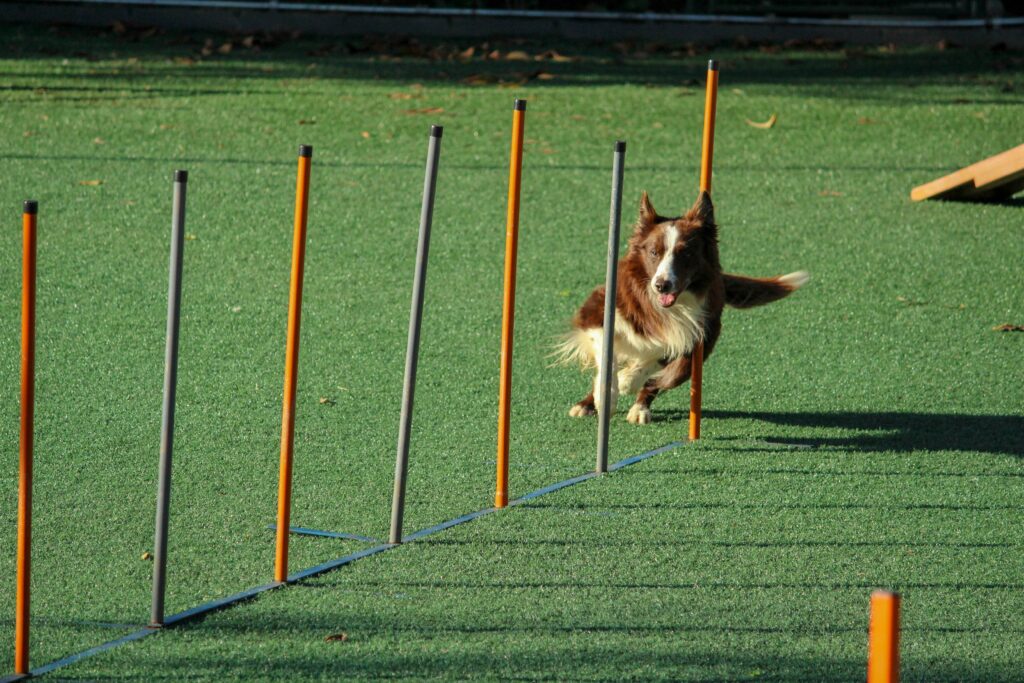Ever watched your dog stare blankly at you while you beg them to sit? Yeah, we’ve all been there. It’s like they’re fluent in “ignore,” but not so much in “sit.” Fixing dog sit problems is less about frustration and more about strategy—good news for you and your fur baby! In this post, we’ll dig into the whys behind stubborn sit struggles, offer foolproof training steps, and even share some laughable fails (because let’s face it, no one nails pet training on day one). By the end of this guide, you’ll have a toolkit to tackle your pooch’s posture problem once and for all.
Table of Contents
- Key Takeaways
- Why Is My Dog Refusing to Sit?
- Step-by-Step Guide to Fix Dog Sit Problems
- 5 Tips for Mastering the Sit Command
- Real Stories from Real Dog Owners
- FAQs About Fixing Dog Sit Problems
Key Takeaways
- Dogs may ignore the “sit” command due to distractions, lack of reinforcement, or unclear cues.
- Consistency is king when fixing dog sit problems—use positive reinforcement every time.
- The wrong approach can backfire. Avoid forcing your dog into position; instead, guide them gently.
- Patient repetition leads to long-term success—and fewer gray hairs for you!
Why Is My Dog Refusing to Sit?
“Optimist You:” Maybe Fluffy just needs one more try!”
“Grumpy You:” No, trust me, she knows exactly what ‘sit’ means. She’s just messing with us.”
Alright, deep breaths. There are several reasons why your pup might be ignoring your pleas:
- Lack of Focus: Distractions like squirrels or noisy neighbors make sitting seem optional.
- Inconsistent Training: If yesterday’s “sit” was rewarded with treats but today it didn’t get acknowledged, your dog gets mixed signals.
- Doggy Discomfort: Some breeds physically struggle with sitting because of their build, especially short-legged dogs or those with joint issues.

This image depicts a distracted Golden Retriever surrounded by colorful toys, highlighting how external stimuli affect focus during training.
Step-by-Step Guide to Fix Dog Sit Problems
-
Start Small: Create a Distraction-Free Zone
Find a quiet corner where neither squirrels nor doorbells exist. This minimizes chaos during practice sessions.
-
Use Clear Verbal Cues & Hand Signals
Say “sit” firmly—but don’t shout—and pair it with an upward hand gesture miming food placement over their head.
-
Reward Immediately After Success
Grab those high-value treats (think chicken bits, not stale kibble). Timing matters here; reward the moment their butt hits the floor.
-
Keep Sessions Short & Sweet
Five minutes max per session keeps Fido engaged without overwhelming him. Think espresso shots of learning rather than full coffee mugs.
-
Gradually Increase Difficulty
Once mastered indoors, move outside. Add controlled distractions, like placing a toy nearby, to test their focus muscle.

This photo shows a professional trainer demonstrating proper hand signals to guide a German Shepherd into a seated position.
5 Tips for Mastering the Sit Command
Here’s the deal, though: even great advice has its limits. So buckle up for these extra nuggets:
- Don’t Force It: Pushing your dog down ruins trust. Let them figure it out.
- Be Patient: Progress feels slower than dial-up internet sometimes, but stick with it.
- Mix Treats & Praise: Not every reward has to be edible; verbal praise works wonders too.
- Avoid Generic Commands: Saying “sit please” confuses. Stick to one consistent word.
- A Terrible Tip That Backfires: Punishing your dog for failing will only create fear, not obedience. Skip that nonsense entirely.
Real Stories from Real Dog Owners
Natalie’s Nightmare: When Natalie adopted her Labrador mix Max, he flat-out refused to sit. “It sounded like my laptop fan spinning out of control every time I said ‘sit,’” she joked. But after two weeks of daily distraction-free training? Max became sit royalty—even adding spins for flair!
David’s Triumph: With his Corgi Daisy, David learned the hard way that inconsistent rewards failed miserably. Once he switched to immediate, high-value treats, Daisy transformed into a sitting superstar.

This joyful Labrador Retriever sits confidently in a park setting, displaying perfect posture after successful training.
FAQs About Fixing Dog Sit Problems
Q: What if my dog still won’t sit despite trying everything?
A: Revisit basics. Ensure consistency, minimize distractions, and consider consulting a professional trainer.
Q: Can medical issues prevent dogs from sitting properly?
A: Absolutely. Joint pain, hip dysplasia, or arthritis could hinder movement. Visit your vet to rule out physical barriers.
Q: How do I stop my dog from associating sit commands with begging?
A: Train away from meal times and avoid rewarding with human food.
Conclusion
Fixing dog sit problems isn’t rocket science—it’s patience wrapped in persistence sprinkled with plenty of love. Start simple, stay consistent, and celebrate small wins along the way. Soon enough, your four-legged friend will nail the art of sitting like a pro.
And remember, like teaching a Tamagotchi to thrive, patience pays off.
Haiku Finale:
Paws pause mid-stride,
Tail wags as butt meets ground—
Sit = Success.


